Features of the kobei and its cultivation
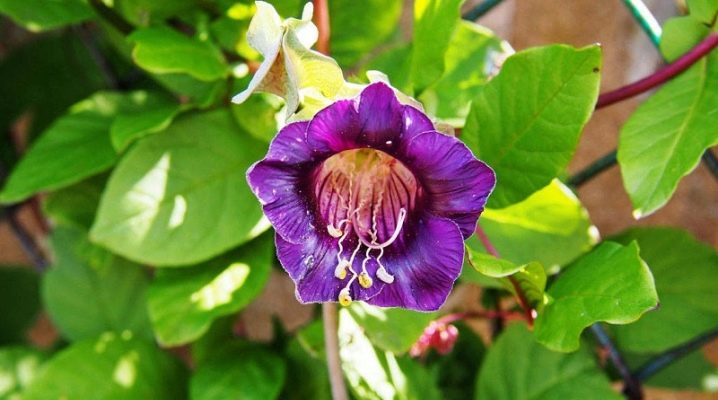
Kobea is a tropical liana of amazing beauty. Originally from South America, she is able to bloom all year round. Russian gardeners have been growing it in their flower beds for a long time. Let's talk about the conditions for keeping the culture.
general description
Kobea grows in the mountain forests of America. Liana climbing got this name because of its tenacious shoots, with the help of which it actively moves up. And also the plant has a huge number of antennae with which it clings. Reaches a height of 6 meters. Liana has a fibrous root system with processes like cords. From July until the onset of cold weather, it blooms: flowers in the form of a bell with a diameter of up to 8 centimeters, and the stamens and pistil protrude beyond the flower bowl.
The buds sit on long pedicels of 2-3 pieces. The buds are yellow with a greenish tinge, and the flowers are white or purple. Fruits are flat-oval, in a capsule. Peripheral leaf plates, consisting of three lobes. They have a light green tint. This plant is perennial in its natural conditions; it is cultivated as an annual on the territory of Russia.
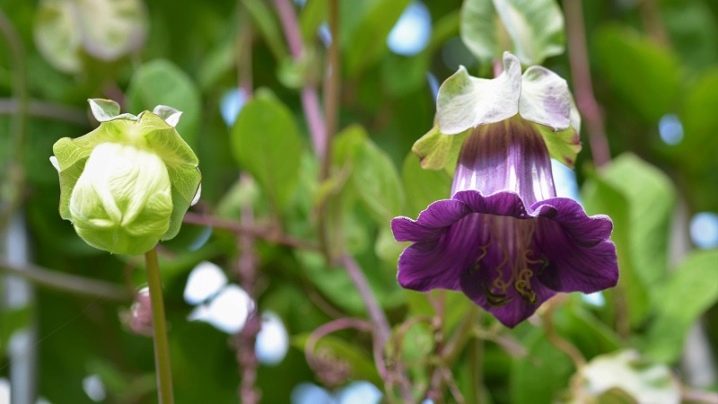
Types and varieties
In the natural environment, there are up to 9 varieties of plants, but we only grow one - because of the climate.
- Kobeya is crawling or climbing. It is this species that is cultivated in Russia. Gives a huge number of shoots, reaches a length of three meters. Leaves in the form of feathers with carved folds, at the tips of which there are tendrils. The buds are white in color, and as soon as they bloom, they acquire a purple hue.
- Variety "Kalando" - tenacious plant up to 4 meters high. Flowers in the form of blue bells have a diameter of up to 7 centimeters. Flowers sit on petioles from June to October.
- «Aphrodite" - an annual, whose flowers reach 8 centimeters in diameter. The buds are green and the flowers are white. Liana grows continuously.
- "The Tsar Bell" blooms from mid-summer to the onset of cold weather. Flowers and buds are white.
- "Cathedral bells" - strongly climbing plant up to 3 meters in height. The purple flowers are 8 centimeters in diameter. Differs in long flowering.
- "Amazon" - lush flower up to 4 meters. The buds are light green and the flowers are purple.
- Lady Hamilton. Height varies from 2 to 4 meters. It has white flowers with double edging.
- "Lilac Skandens" has flowers up to 9 centimeters in size and beautiful feathery foliage.
- "Jingle Bells" - white-milk inflorescences up to 8 centimeters in diameter.
- Variety "Night" - velvety lilac flowers up to 8 centimeters in diameter.
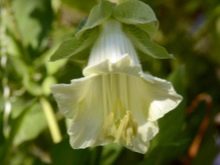
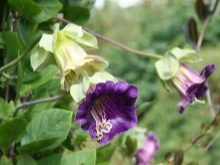

Landing
Sowing in open ground is possible when the threat of recurrent frosts has passed. In time, this is the end of spring - the first days of summer. The flowerbeds for the plant must be dug up in advance with the addition of humus. It is best to plant after 1 meter or one and a half from each other.... It is necessary to immediately determine the support. After planting, it is recommended to water the plants abundantly.
Most gardeners use soil marked "universal for seedlings". But cooked with your own hands will do. To do this, it is recommended to mix equal amounts of turf, sand, foliage and humus.
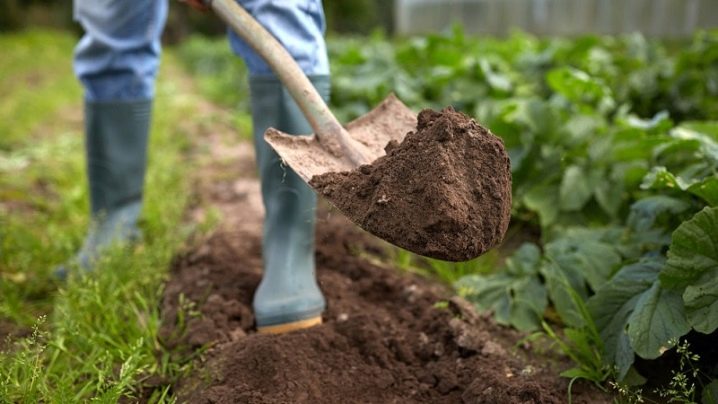
Growing care
Caring for a vine outdoors at home is easy and fun in its own way. It is only necessary to carry out all agrotechnical measures. In order for the vine to start growing faster, open large areas with fertile soil are determined for it. The plant prefers the sunny side, can grow in partial shade, but does not tolerate shade.
Seedlings cannot cope with the cold, and an adult plant, when it is already blooming, feels good at temperatures down to -5 degrees.
- Watering... Systematic watering of the vine is necessary. Moreover, in the dry summer period, it is recommended to irrigate more often and in large quantities. But it is worth remembering that stagnant fluid adversely affects plant culture in general. First of all, this applies to those bindweed that grow in partial shade.
- Top dressing... Frequent feeding - up to once a week - is the key to successful growth and lush flowering of the kobei. It is preferable to use fertilizers containing nitrogen. With the onset of the budding period, it is better to add potassium and phosphorus. In this case, it is recommended to apply fertilizers immediately after germination. After the appearance of the first full-fledged sheet plate, humate must be added. And then it is best to alternate the Kemira mineral complex with organic additives, such as mullein, before the onset of the flowering period. At the same time, do not forget about constant weeding and loosening.
- Wintering... Many are engaged in the cultivation of loach as a perennial. To do this, in the autumn, starting from mid-October, the stems are cut off from the vines, the plant is dug up and transplanted into a container, where it is kept cool until spring. Most growers prefer to keep a flower in a cellar. During this time, special care is not required, only occasionally moisten the soil. In March, the liana is put on a snow cover, in a bright place. Disembarkation is allowed at the end of May.
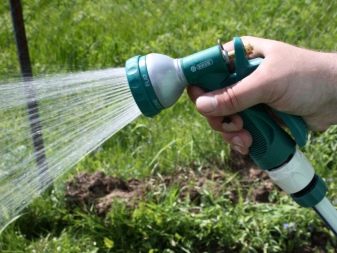

Reproduction
As a rule, bindweed is propagated by seeds and cuttings.
Seeds
On the territory of Russia, it is impossible to obtain full-fledged seed material at home. It is recommended to purchase seeds from a flower shop, but the germination rate will be no more than 30%. Growing a flower crop from seeds begins by the end of February. To do this, use fertile and loose soil. At the time of planting, it is better to fertilize the soil with nitrogen additives. The next time you need to feed the plant will be necessary for flowering. Attention! The number of shoots will depend on the quality of the soil. And it is impossible to achieve 100% germination. Therefore, it is recommended to purchase seed bags with a stock.
It is best to soak the seeds in wet gauze or a napkin before planting, cover everything... Sometimes, with prolonged germination, mucus is formed on wet rags, which is better to remove. Swollen seeds are sent to containers with prepared soil, laid out at a certain distance from each other without burying into the ground. The planting material is covered with cling film or polyethylene and placed in heat and light. Planting material will feel best on the sunny side window.
There is another way of forcing seeds. The seeds must be slightly moistened and placed in a damp cloth, and then in a bag. Leave in a bright and warm place. It is recommended to look into a plastic bag from time to time, sort out the seeds, moisten and remove the mold if necessary. After the seed has grown in size, carefully remove the hard film. Subsequent cultivation takes place according to the standard scheme.
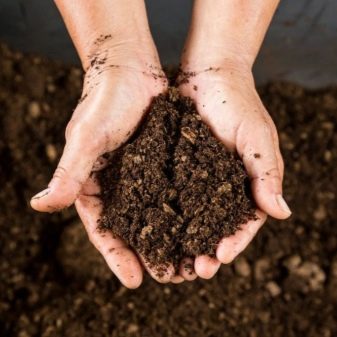
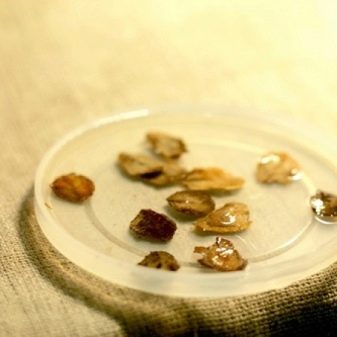
Some fans of exotic liana soak the seeds in aloe juice or Epin solution. In this way, it is easier to soften the shell, increase the germination and immunity of future greens. After soaking, as soon as the seeds are swollen, you can carefully pierce the shell with a needle, and the sprouts will break through much faster.
There are also several life hacks when germinating seeds.
- Spreading seeds on peat tablets. After germination of greens, transplanting into a container is possible.
- During germination, a damp napkin is covered with cling film, but the process is constantly monitored.
- After the appearance of the first two leaves, a pick is carried out.
- Volumetric pots with a volume of three liters are filled with drainage and nutrient soil. In this way, the root system of the plant is activated, which will be prepared for transplanting to an open flower bed. In this case, there will be more shoots and buds. Before transplanting, the earth is well spilled, and the seedlings are carefully removed and planted in a prepared container, providing support for the plants.
- A transplant is recommended in the phase of the appearance of three full-fledged leaf plates. But before that, it is recommended to harden the plant a little on the loggia or on the balcony. After three weeks, planting in open ground is allowed. If the conditions do not allow transplanting to a common flower bed, then the culture can be planted in a spacious container.
Do not forget about the drainage system, because stagnant water during irrigation leads to the formation of rot on the roots. We recommend covering the plants with branches or non-woven material from frost.

Cuttings
Cuttings from the main bush are harvested in the fall and kept indoors throughout the winter. In the spring, with the beginning of the growth of shoots, they are cut off and sent to sandy soil. After the rooting process, they are transplanted to a permanent place (at the beginning of June). They begin to bloom faster, but not as luxuriantly as seedlings grown from seed.
There is also a way to add healthy shoots. For such purposes, it is necessary to choose a powerful bush that is located near the ground. A small groove is undermined, we straighten the bush in it and fix it with brackets or clothespins, add a little soil. It is best to pinch the crown. After that, it remains to wait for rooting. When the roots appear, you need to cut this sector and grow in the same way as cuttings.


Diseases and pests
The most common pest for kobei is considered to be a spider mite.... As soon as it wound up in the loach thickets, it begins to multiply rapidly. This is facilitated by the hot summer. The source of nutrition for the tick is green mass, so the leaves of the creeper turn yellow and fall off. By the thin and delicate web, one can judge that a tick is wielding a kobei. Treatment is required immediately with the use of "Actellik" or "Fitoverma" at intervals of once a week. Garden ants are bred on a lush beauty aphids. Feeding on plant sap, aphids can destroy all greens in a short time. If there is a suspicion of the presence of such a parasite, then the use of "Fufanon" is recommended.
Excess and stagnation of moisture provoke the appearance of fungal diseases. The color of the loach is in dark spots, the blackening of the stems is the reason for using Topaz. But sometimes gardeners are faced with problems of poor loach growth.
The reasons may vary.
- There are few buds on the plant... The reason is the untimely removal of faded flowers. After the flower withers, it must be carefully cut with pruning shears.
- Weak and elongated seedlings. The reason is there are no lateral branches. After planting in greenery, it is necessary to pinch the crown in order to activate the growth of lateral layers.
- Slow and sluggish growth. The reason is an incorrectly selected container. Kobe needs a lot of space to form a root system.
- Belated flowering... The reason is non-observance of the terms of sowing and planting. Time for germination and planting is mid-March.

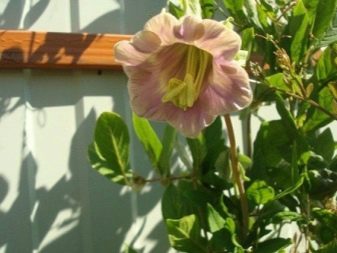
Application in landscape design
Gardeners and designers appreciate the kobei for its beauty, splendor and suppleness. Therefore, it is widely used in landscape design. On a site from a plant, it is easy to create a hedge, an arch, a green wall for a gazebo and a terrace. The kobei looks easily and naturally in the flowerbed, in the yard, in the garden. For active growth, lianas provide support in the form of beautiful trellises, nets, fences, trellises.
Liana can be successfully combined in plantings with:
- morning glory;
- tunbergia;
- nasturtium;
- wild grapes;
- red beans.
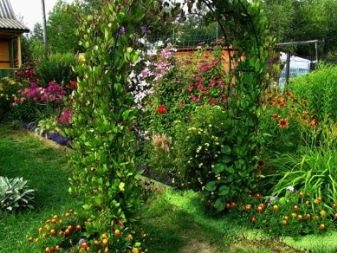
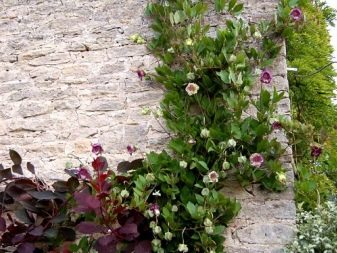
A few more options for its use in landscape design.
- A flower bed with partner plants (verbena, marigolds, lobelia, petunia).
- Growing on balconies, coupled with ampelous plants.
- For decorating garden sculptures and figures.
- Decoration of stairways.
- Masking ugly walls, rough structures and other architectural flaws.
An annual will fit into any composition not only in the foreground, but also create a favorable background. Moreover, this plant can be called one of the pioneers of landscape design. Since the 18th century, kobei has been used to create compositions in parks, gardens and squares.
We can say that this tropical capricious plant has long been adapted to Russian climatic conditions. The flower is successfully cultivated as an annual exotic, subject to all agricultural techniques.
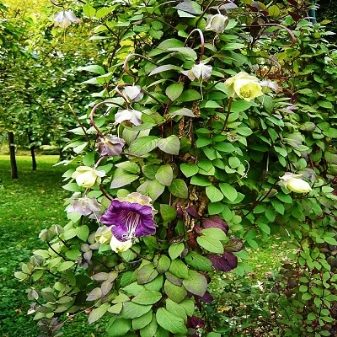




































































The comment was sent successfully.